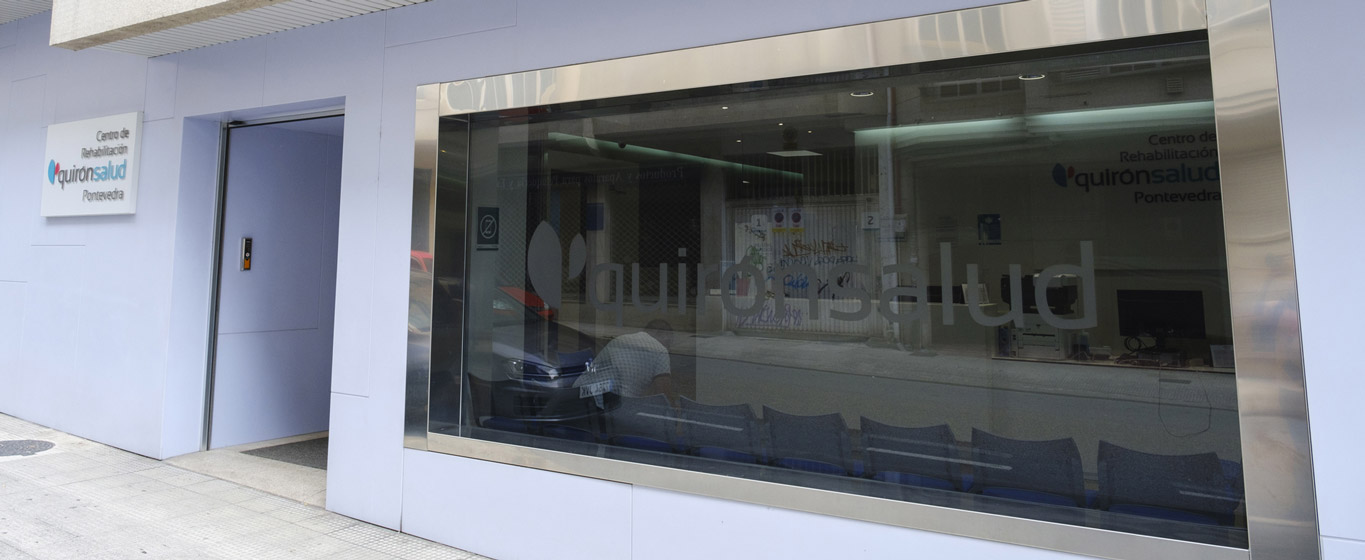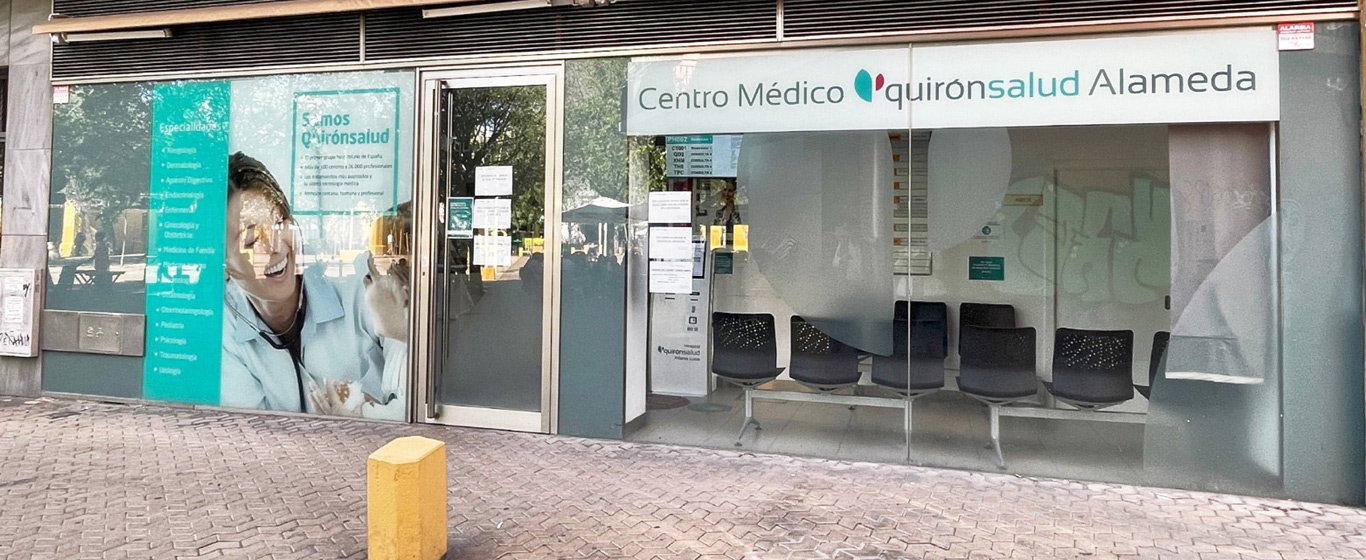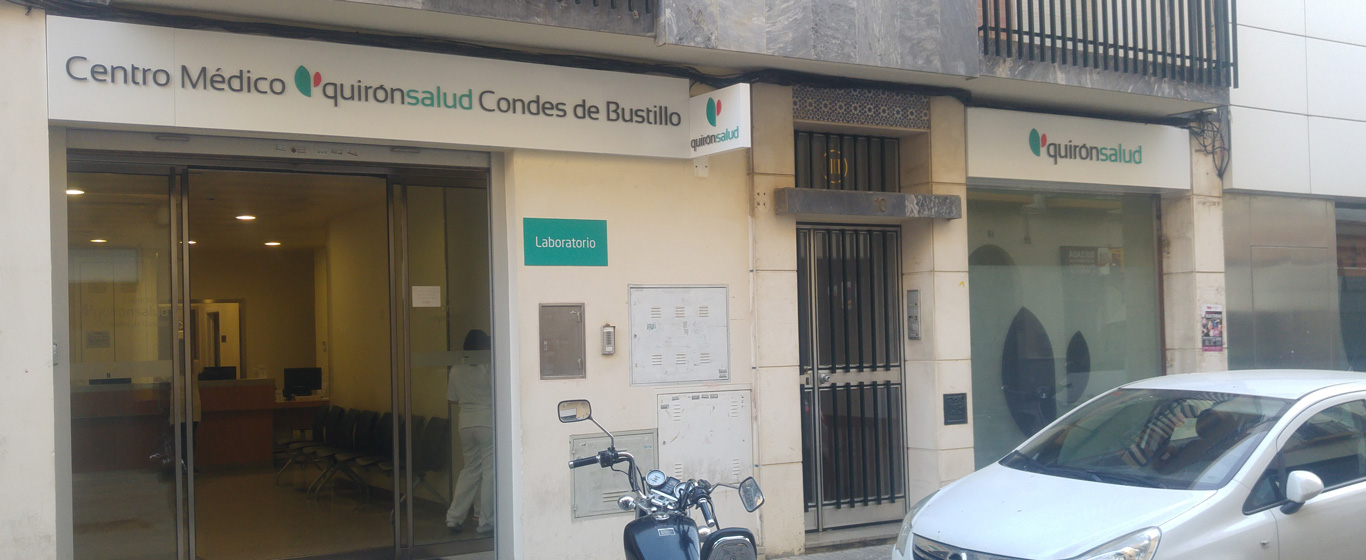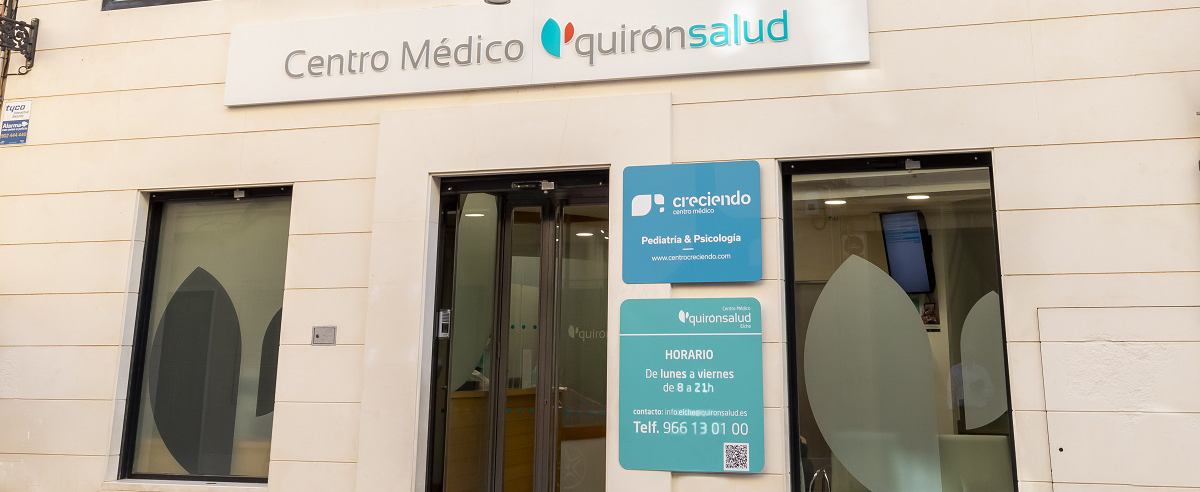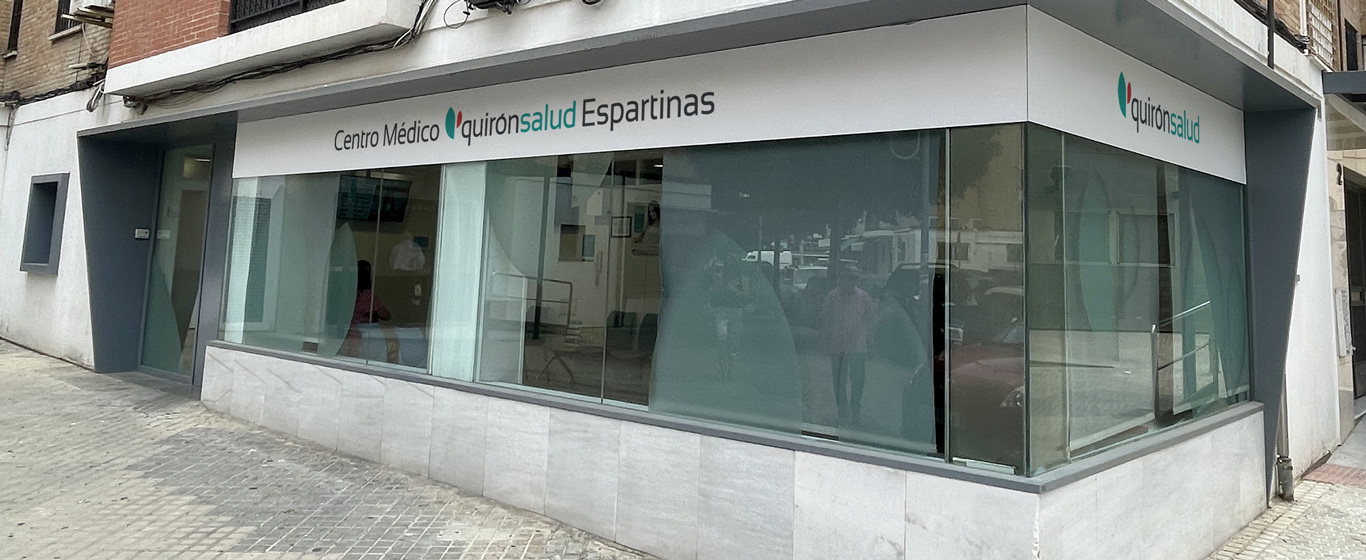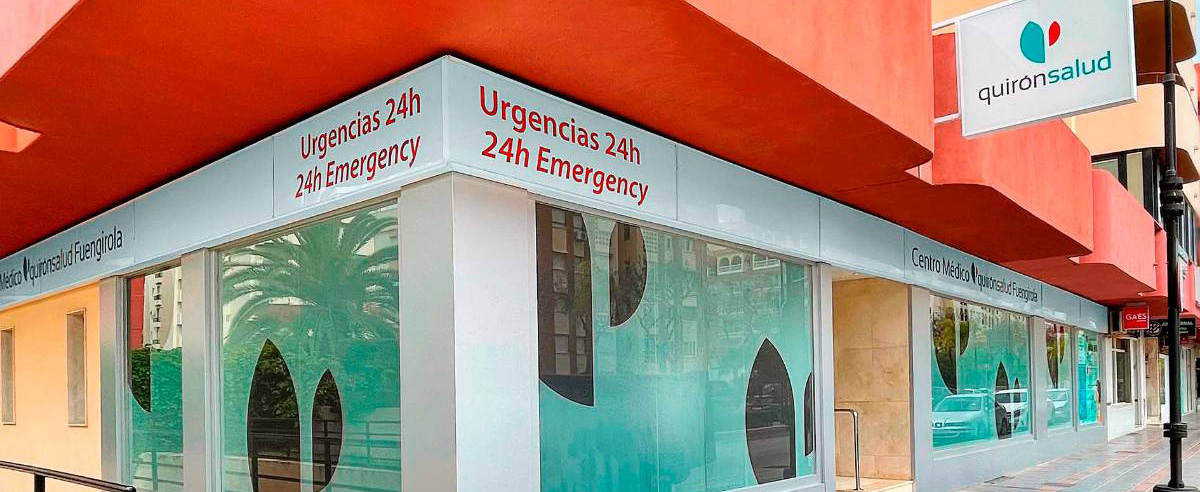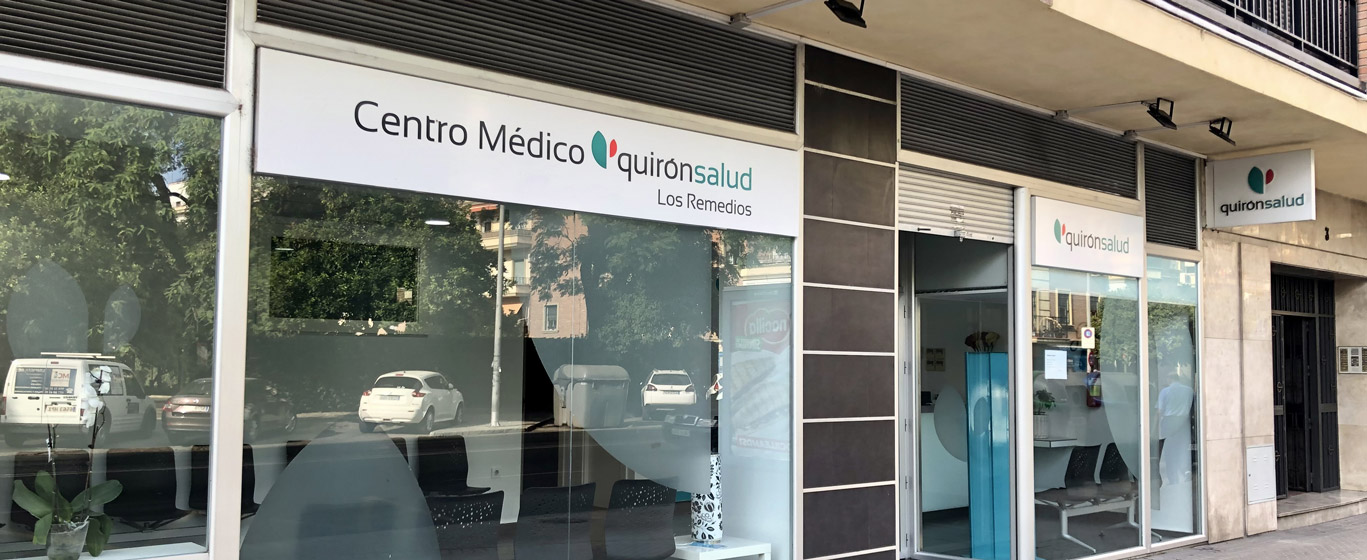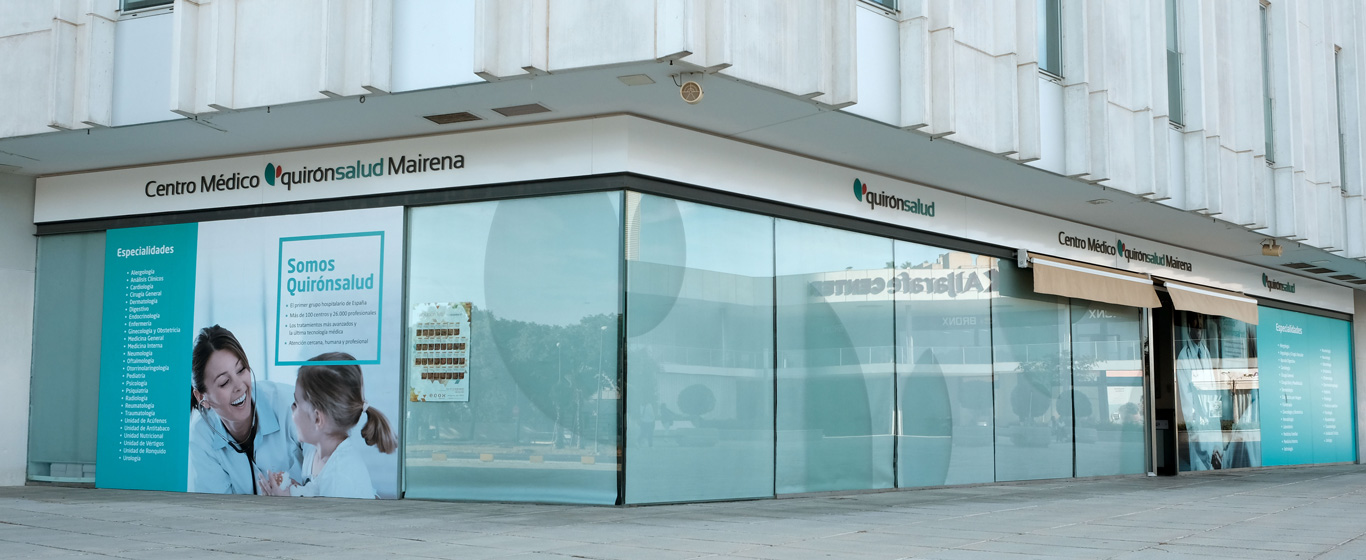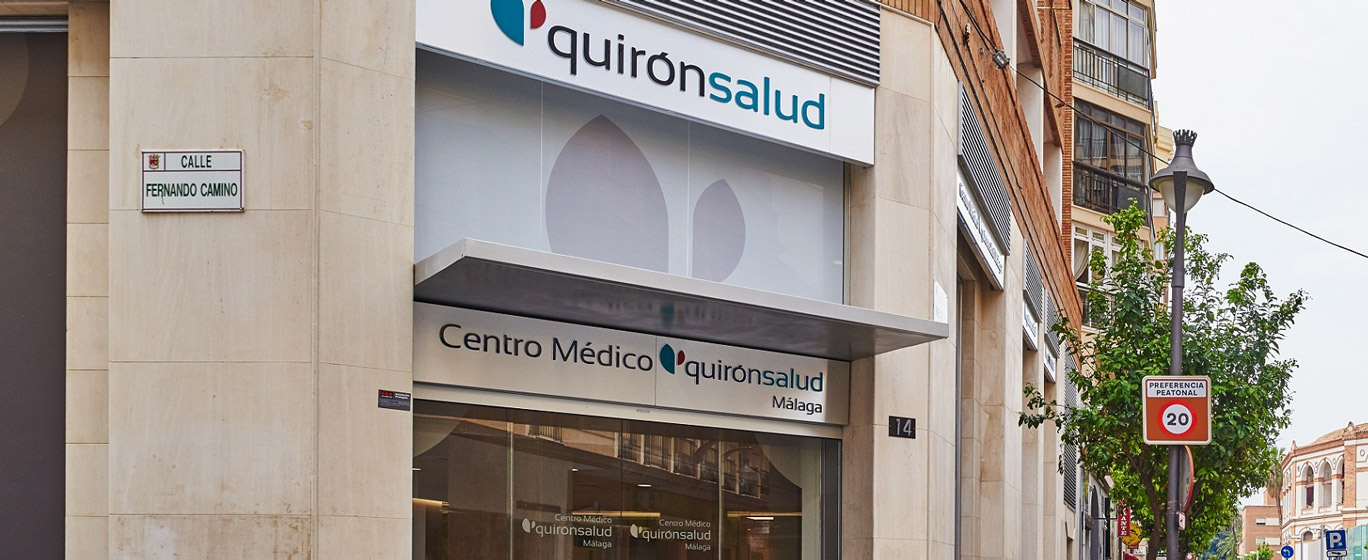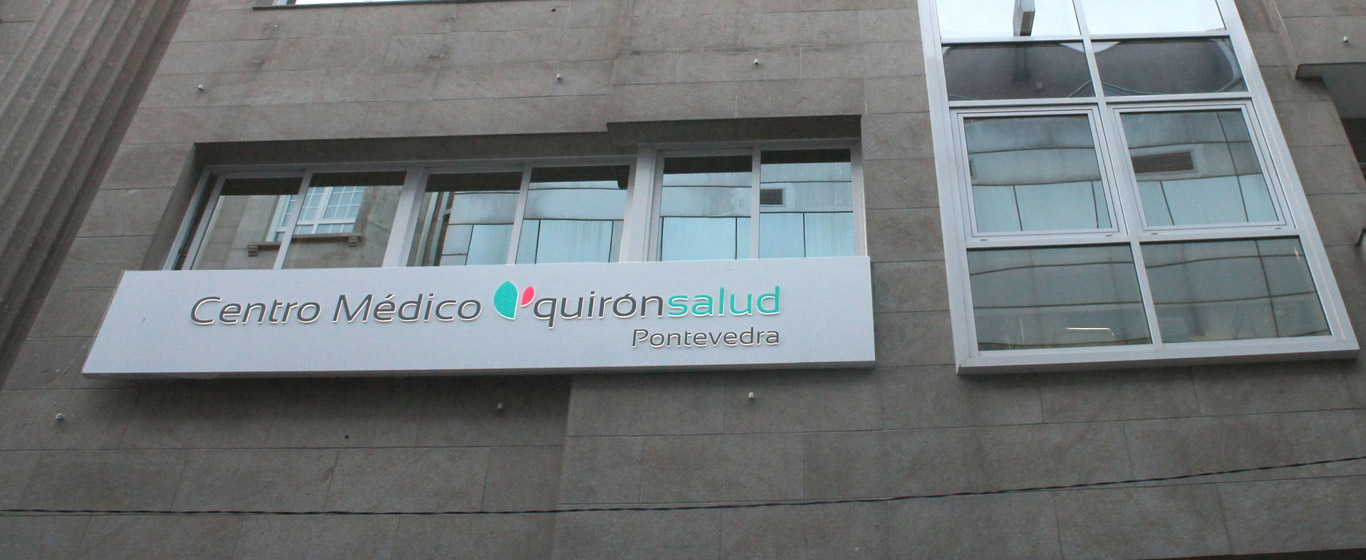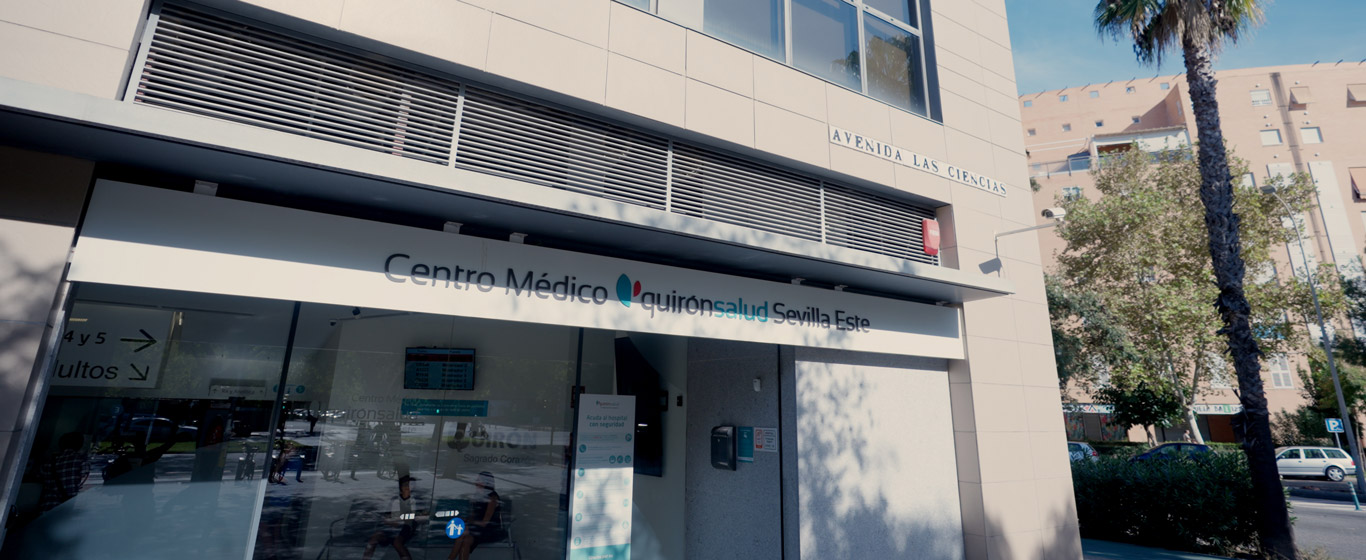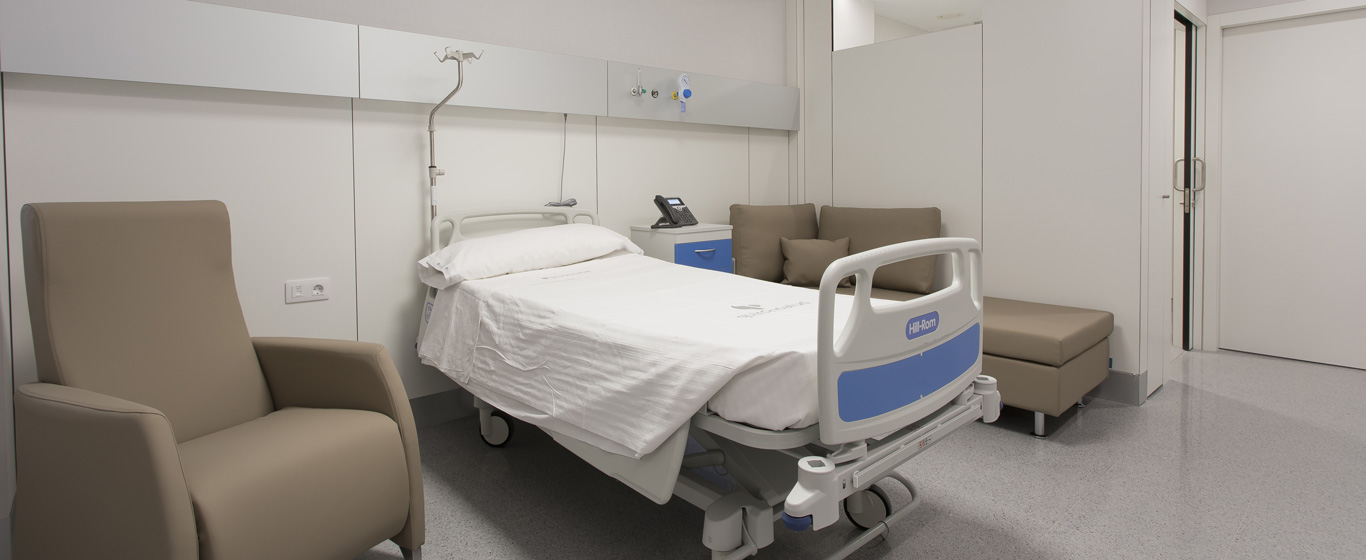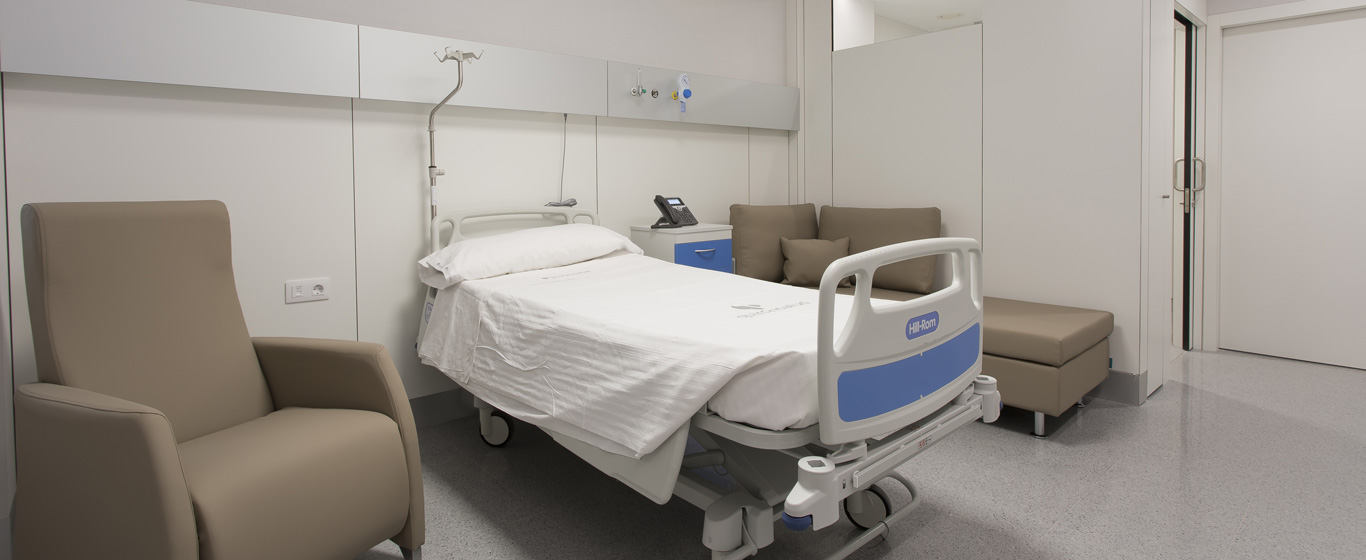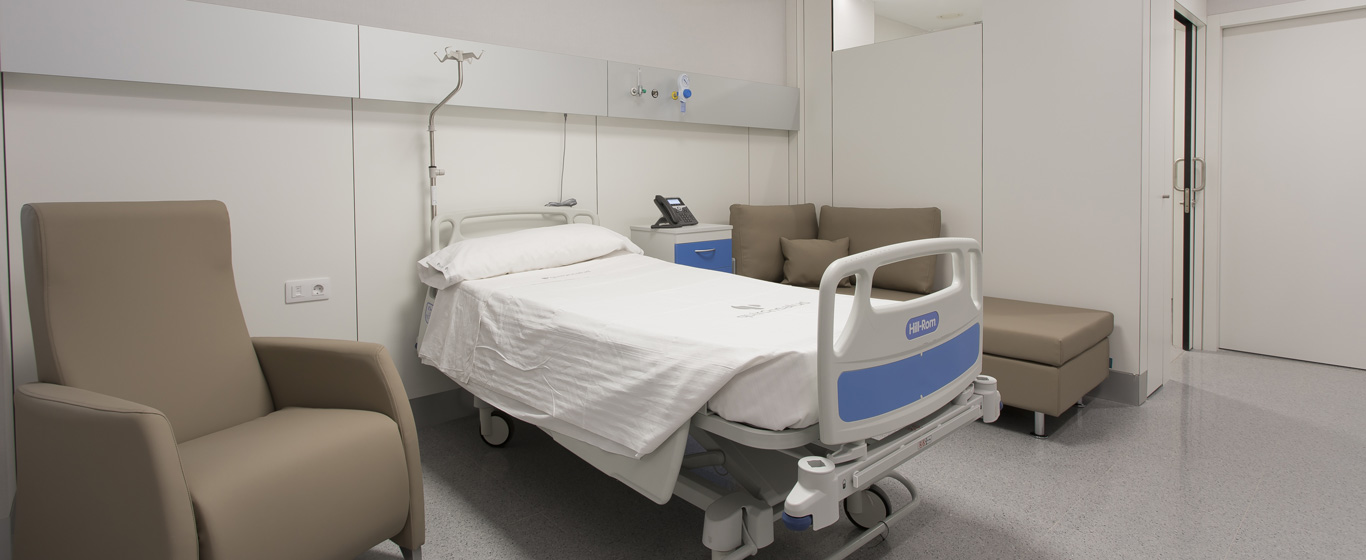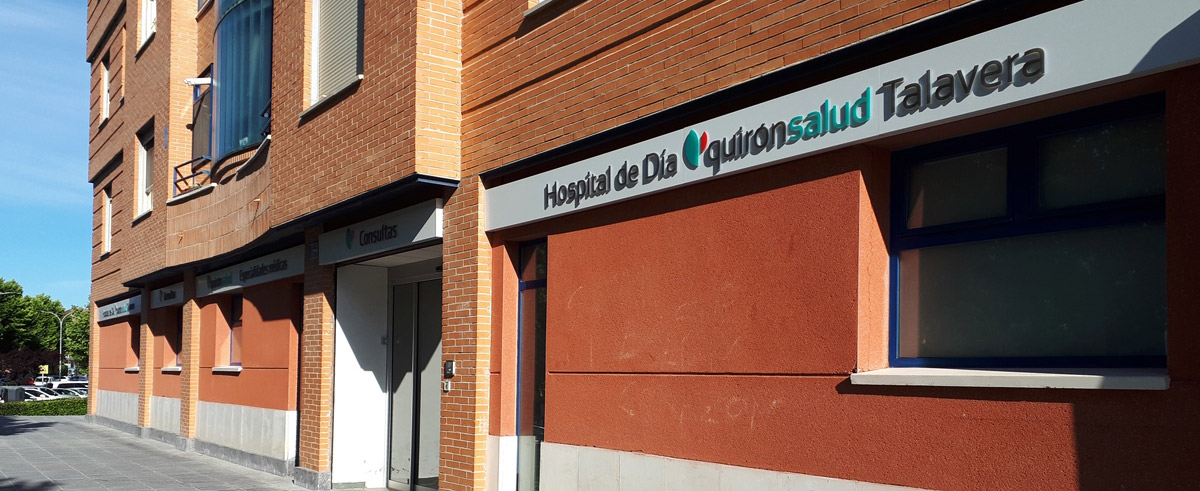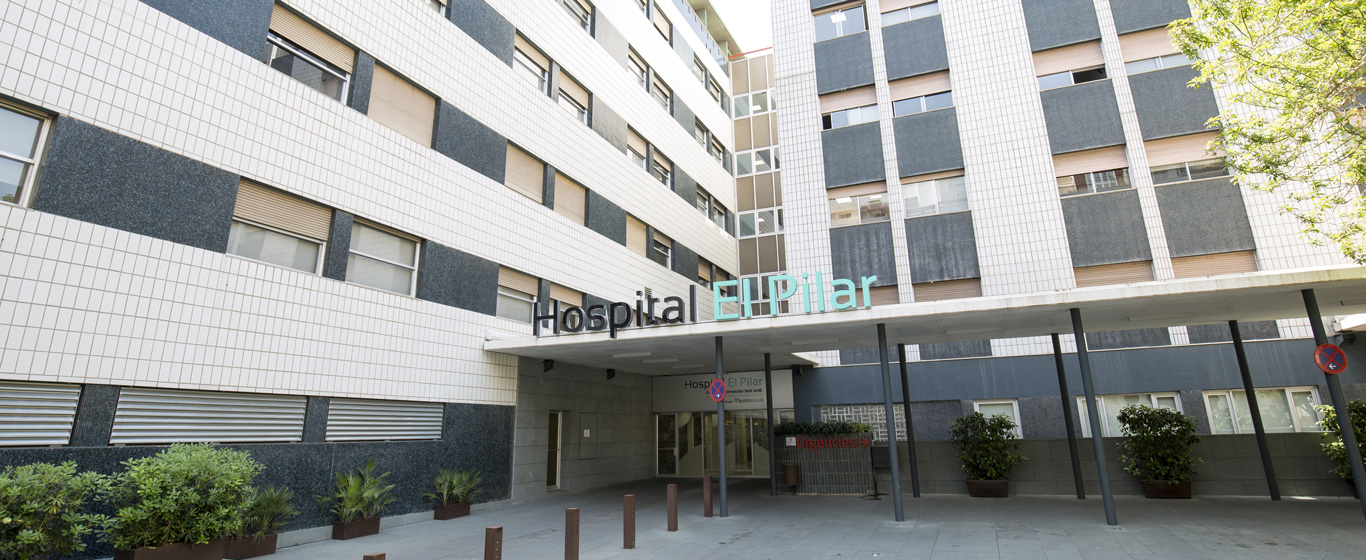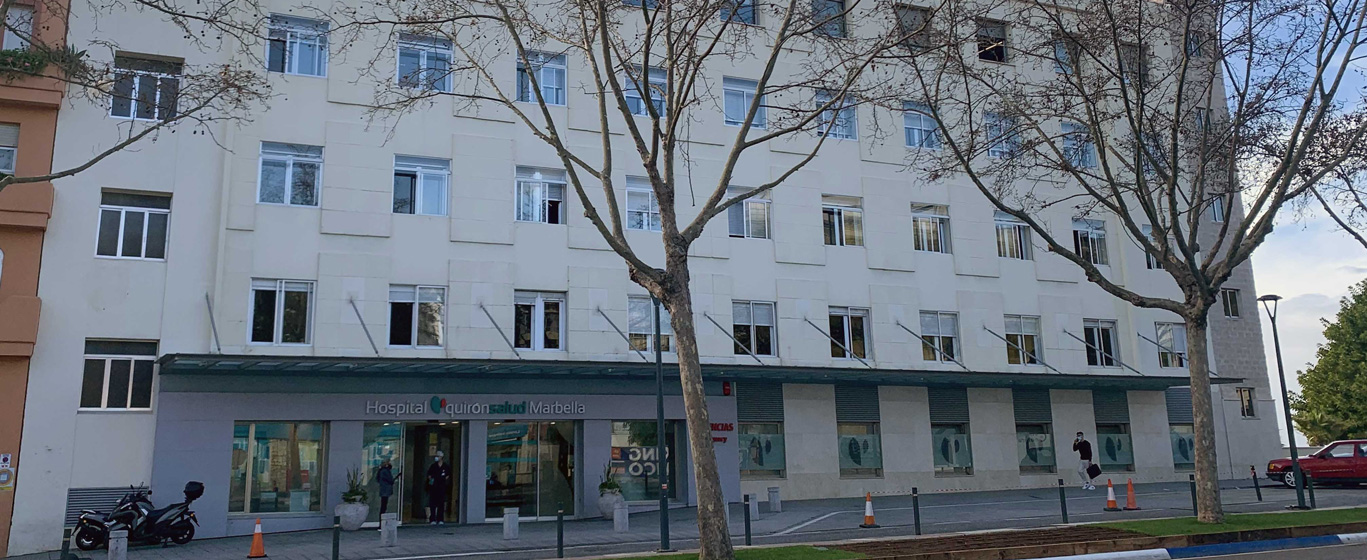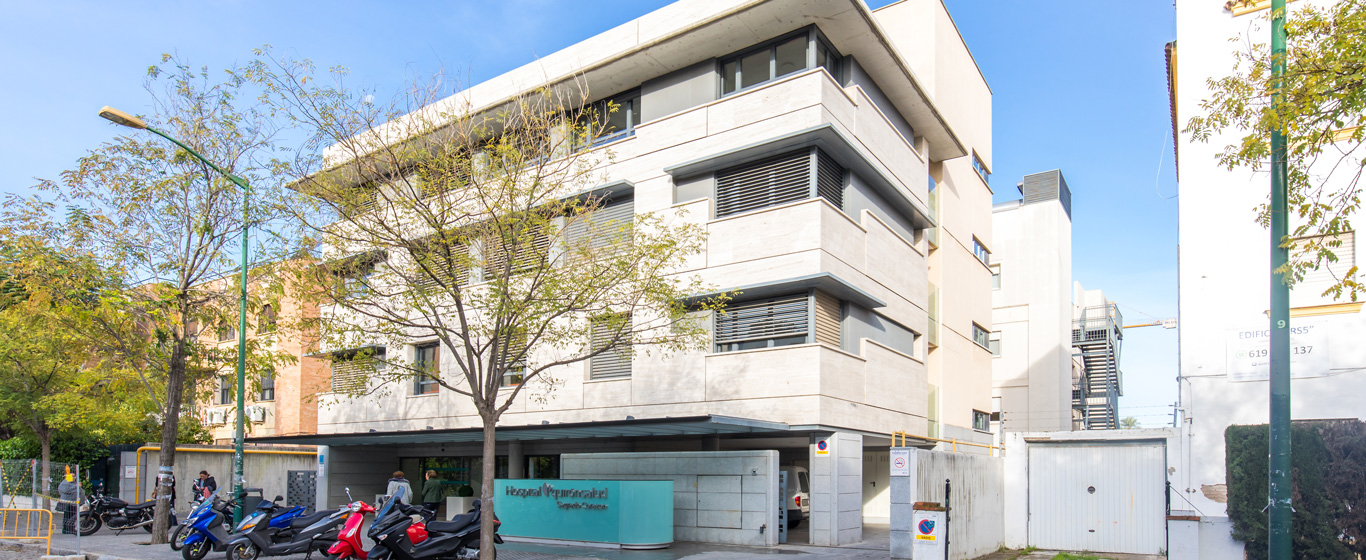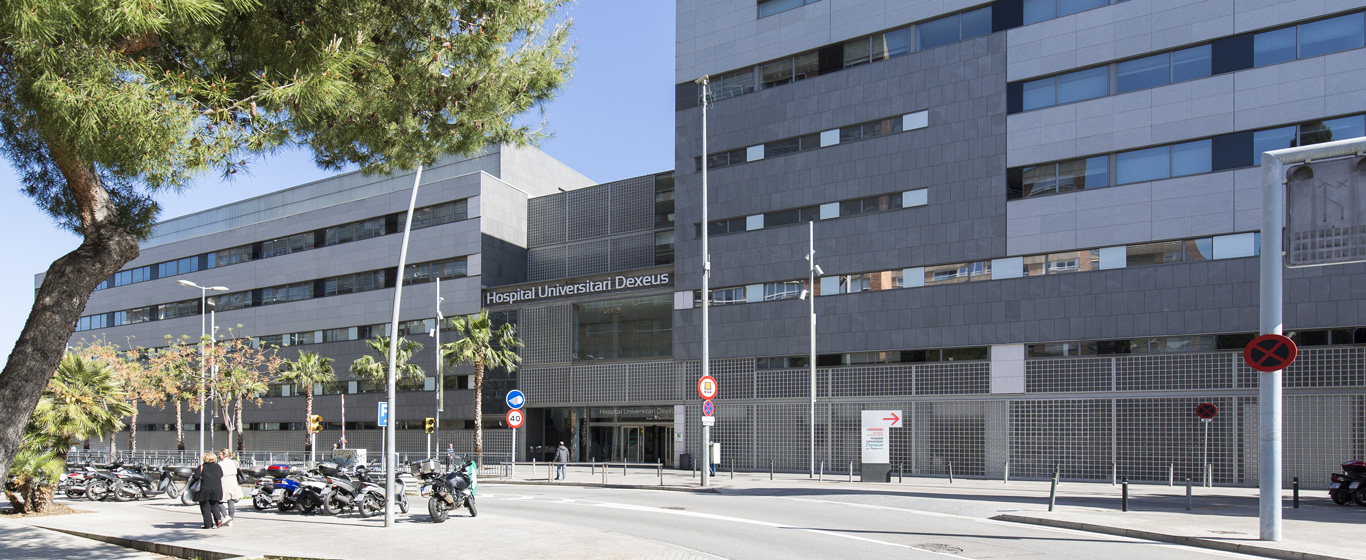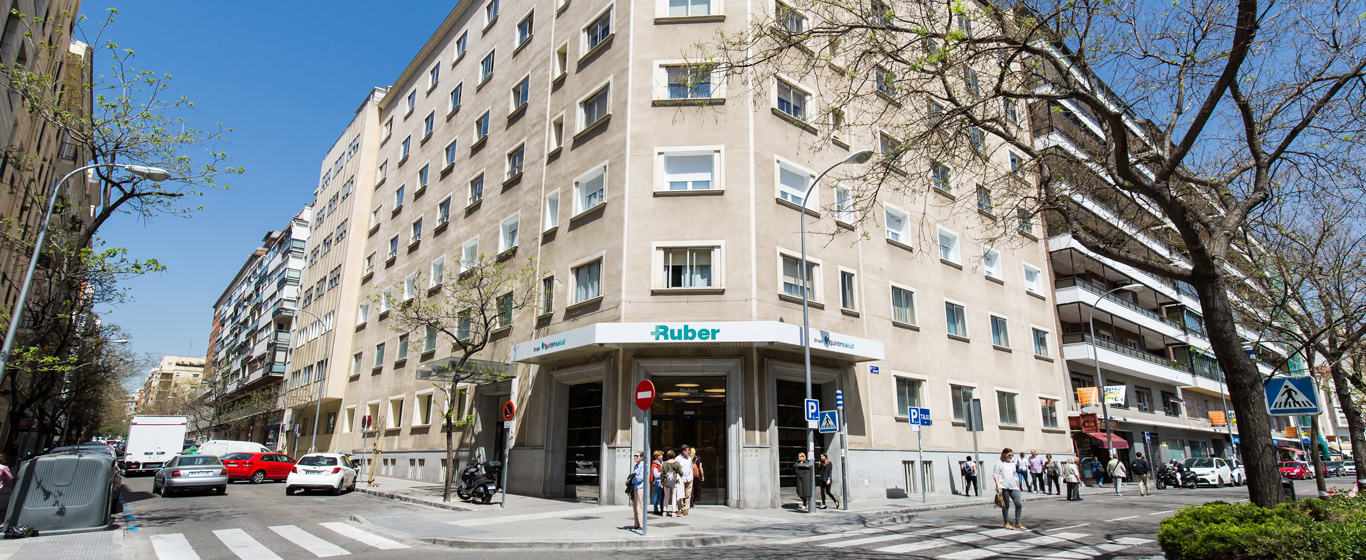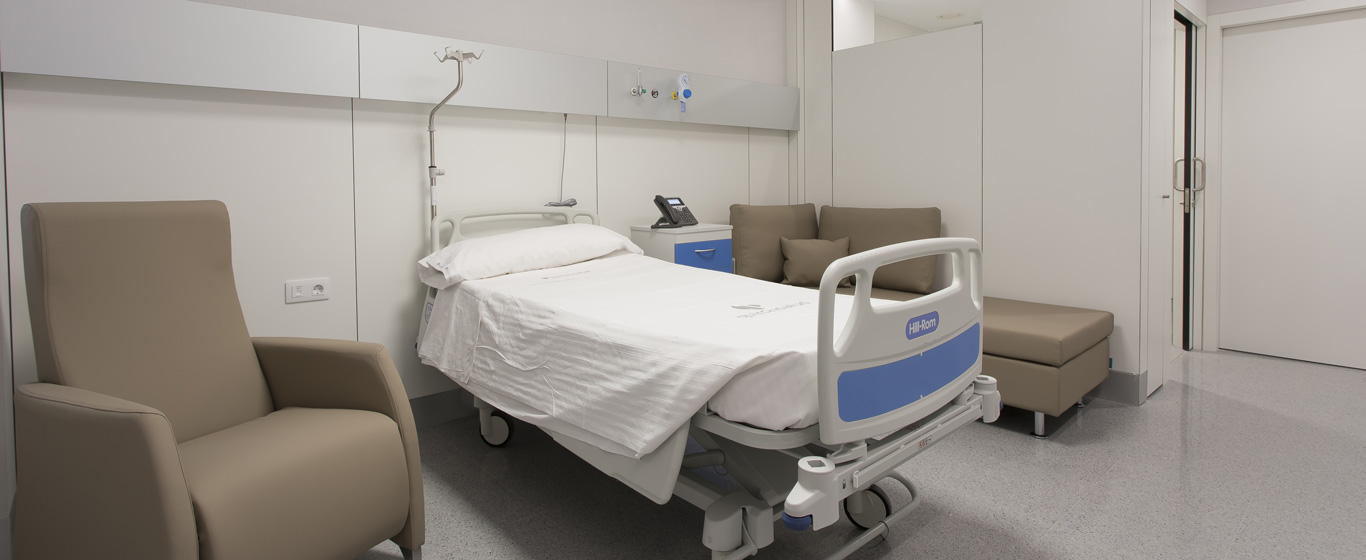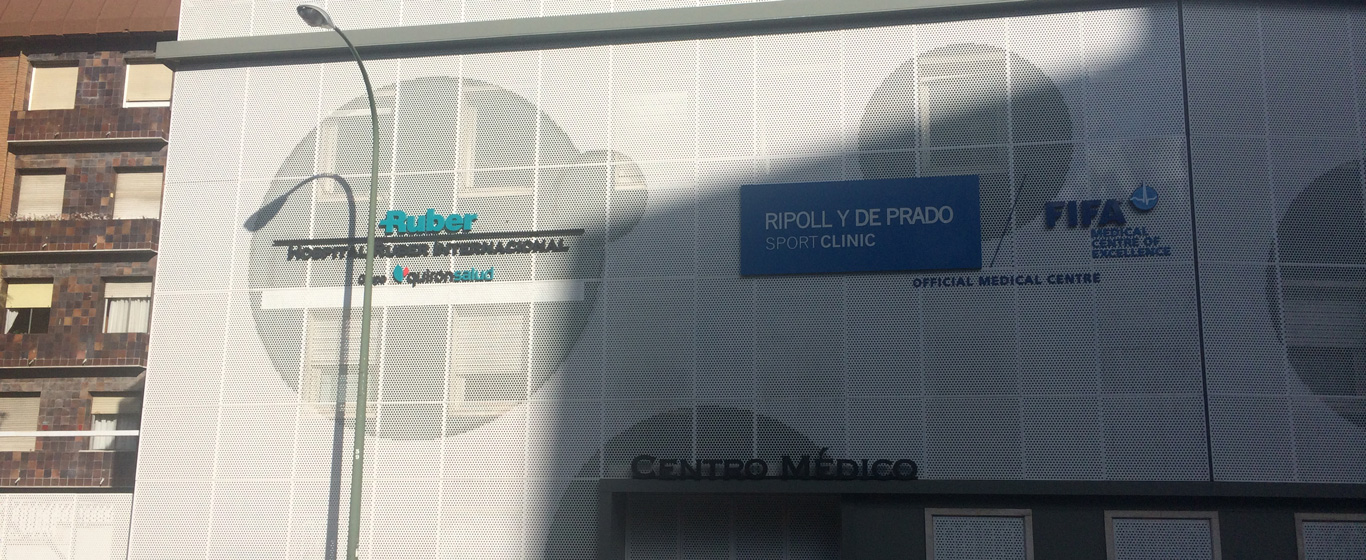Claustrophobia
What does claustrophobia mean? Everything about the causes, symptoms, diagnostic methods, and treatments for the fear of enclosed spaces.
Symptoms and Causes
Claustrophobia is a phobic-type anxiety disorder, meaning it involves an extreme and uncontrollable fear in situations that do not pose any real danger. In this specific case, the trigger is enclosed spaces, especially if they are small.
People with claustrophobia feel distress in places where they believe they cannot easily escape (elevators, tunnels, MRI tubes) because they panic at the thought of not being able to move or running out of air.
Without proper therapy, claustrophobia can interfere with daily activities, as it alters behavior in common situations and may impact both physical and mental health.
Symptoms
The symptoms of claustrophobia are similar to those of other specific phobias and anxiety disorders:
- Tachycardia (rapid heart rate)
- Dizziness and feeling faint
- Sweating
- Disorientation
- Shortness of breath
- Fear of dying
Causes
The most common cause of claustrophobia is having experienced a distressing event in an enclosed space—for example, being trapped in an elevator. In some cases, witnessing another person’s experience is enough to trigger the condition.
Risk Factors
Some risk factors for developing claustrophobia include:
- Family history
- Negative experiences in enclosed spaces (personal or observed)
- Highly anxious personality
Complications
In addition to causing mood disorders, claustrophobia may lead to:
- Social isolation, either because certain situations are avoided or because society does not understand the condition
- Workplace or academic problems when activities take place in small offices or classrooms
- Diagnostic challenges for various illnesses due to the inability to undergo tests such as a CT scan or MRI
Prevention
Claustrophobia cannot be prevented.
What kind of doctor treats claustrophobia?
Claustrophobia is treated by psychiatrists and clinical psychologists.
Diagnosis
Diagnosis is based on the patient’s experiences and the symptoms they report during the consultation. To gain a better understanding of the patient’s condition, the following tools are typically used to assess the degree of phobia:
- Claustrophobia scale: Evaluates the level of anxiety triggered in an enclosed space through a 20-question test
- Claustrophobia questionnaire (CLQ): Determines the predominant type of claustrophobia using a set of questions that assess fear related to restricted movement and others that evaluate fear of suffocation. Each question is rated from 0 to 4 based on the level of anxiety experienced in the situations described, where 0 is "not anxious at all" and 4 is "extremely anxious"
To rule out other conditions with similar symptoms, neurological tests and a psychiatric evaluation are conducted.
Treatment
There are several treatment options and therapies for claustrophobia. Typically, the most effective approach is to combine different methods:
- Cognitive-behavioral therapy: Helps progressively reduce fears and manage anxiety
- Exposure therapy: The therapist accompanies the patient to a confined space to guide them through anxiety control techniques
- Pharmacological treatment: Anxiolytics and/or antidepressants often yield good results






